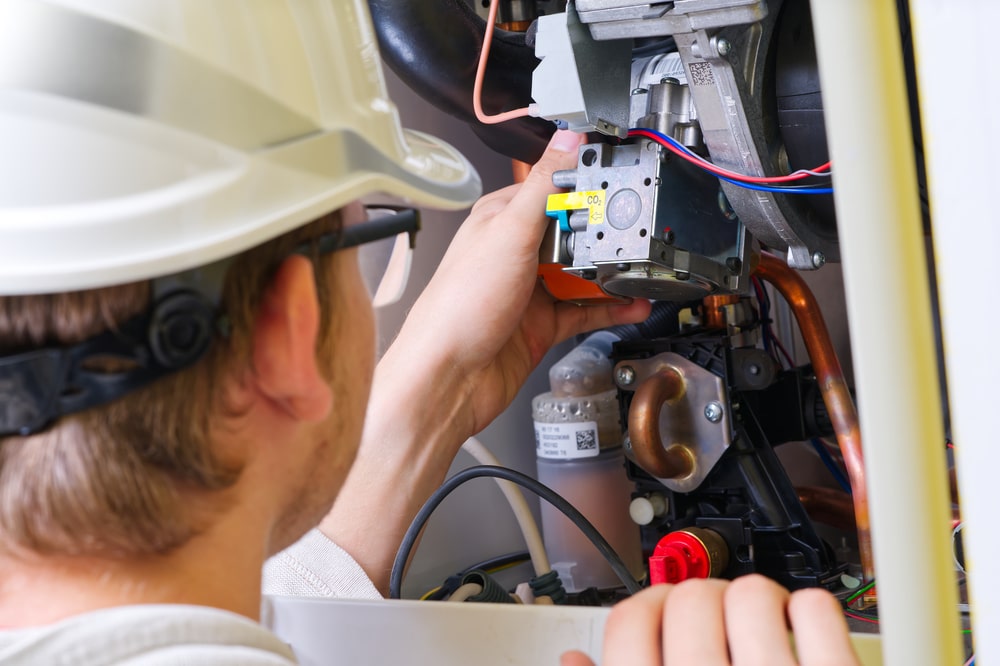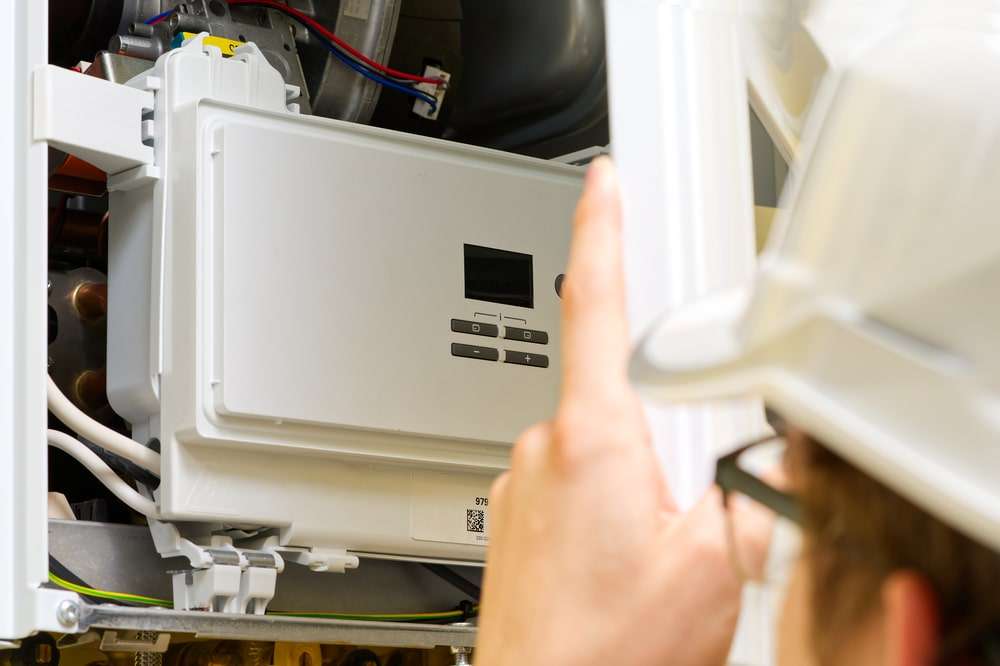
Having problems with your furnace can be frustrating and hazardous, especially if the issue is due to the gas valve not functioning correctly. A faulty gas valve can make your home uncomfortably cold or unsafe. One common issue homeowners face is the furnace gas valve not opening, which can prevent the furnace from igniting properly. In this blog, we will explore common causes of malfunctioning furnace gas valves and provide advice on how to troubleshoot and adjust them.
Understanding the Furnace Gas Valve
Before troubleshooting, it’s essential to understand the gas valve’s role in your heating system. The gas valve controls the flow of gas into your furnace. It opens to allow gas into the burner assembly, where it ignites to produce heat. When the thermostat signals a need for heat, the gas valve should open, allowing fuel to enter the burner.
Furnace Gas Valve Operation: Simplified Breakdown
Understanding the furnace’s process can pinpoint gas valve issues. Here’s a unique overview of how a gas furnace operates:
- Thermostat Demand: The thermostat triggers the heating cycle.
- Inducer Motor Start: The inducer motor initiates airflow.
- Pressure Switch Verification: The system checks for correct pressure.
- Ignitor Activation: The ignitor prepares to light the gas.
- Gas Valve Activation: The valve releases gas to the burners.
- Burner Ignition: Flames ignite and spread evenly.
- Flame Confirmation: Sensors ensure burners are fully lit.
- Blower Operation: The blower circulates warm air throughout the home.
By examining these steps, you can diagnose whether the gas valve is functioning properly or stuck.
Common Issues with a Furnace Gas Valve
The gas valve is a crucial component of your heating system, regulating the flow of propane or natural gas to the burner. However, it can develop several issues that pose safety risks and heating problems. Let’s examine these in more detail:
Furnace Gas Valve not opening
One of the most concerning problems is when the gas valve doesn’t open. This can be caused by a malfunctioning valve, electrical issues, or thermostat problems. If the valve stays closed, no fuel reaches the burner, resulting in no heat or cold air from the furnace. Additionally, the blower motor speed may be affected, as it often adjusts based on the furnace’s heating cycle.
Intermittent Operation
Sometimes, the gas valve may open and close repeatedly, causing irregular heating patterns. This can result from wiring problems, dirty or stuck valves, or faulty sensors. These irregularities can also affect other components, such as the evaporator coil, leading to inconsistent air distribution.
Stuck Valve
A stuck gas valve can hinder effective furnace operation. This can be due to debris buildup, corrosion, or mechanical issues within the valve assembly. A stuck valve disrupts fuel flow and reduces heating efficiency. It is also essential to inspect the gas pipe for any obstructions or damage, as this can contribute to valve issues.
Gas Pressure Problems
Proper gas pressure is essential for the gas valve to function correctly. Low gas pressure can prevent the valve from opening fully, reducing heat production. High gas pressure can strain the valve and other components, causing damage and safety concerns. If the system detects any gas leaks, the gas valve will shut off as a safety measure.
Safety Shutdown
Modern furnaces have safety measures that shut off the gas valve if specific conditions are met. The furnace may close the gas valve if it detects a gas leak, poor combustion, or ignition failure.
Electrical Issues
The gas valve relies on electrical components, including wires, switches, and relays. Problems with electrical connections, damaged gas valve wires, or faulty control boards can disrupt the communication between the thermostat and the gas valve.
Age and Wear
Like any mechanical part, gas valves can degrade over time. Seals can deteriorate, internal components can corrode, and mechanical parts, such as the gas valve coil, can fail. Regular maintenance and timely replacement of worn components, including the gas valve coil, can prevent unexpected malfunctions and extend the gas valve’s lifespan.
Installation Errors
Incorrect installation or repairs can also cause operational problems. Mismatched components, faulty wiring, or wrong calibration might cause problems with the furnace gas valve operation.
Furnace Gas Valve Troubleshooting Steps

1. Check Gas Supply
Ensure the gas supply to the furnace is on and there are no leaks. If you suspect a gas leak, leave the area immediately and contact a professional.
2. Inspect thermostat
Verify the thermostat is set correctly and calling for heat. Replace the batteries if needed and check the wiring.
3. Clean the Valve
If accessible, clean the valve to remove any debris or buildup that may cause it to stick. Regular maintenance can prevent issues like the furnace gas valve not opening, which can disrupt your heating system’s functionality.
4. Inspect Electrical Connections
Check the electrical connections to the gas valve for any loose or damaged parts. Tighten connections or replace damaged wires as needed.
5. Test the Valve
Use a multimeter to check the voltage at the gas valve during a heating cycle. If the readings are inconsistent or there is no voltage, there may be a problem with the wiring or control board. Sometimes, these issues are symptoms of the furnace gas valve not opening properly.
6. Adjustment (if applicable)
Some gas valves allow for gas flow adjustments. Refer to the furnace’s manual or consult a professional to make any adjustments safely.
7. Professional Inspection
If troubleshooting steps are ineffective, contact a qualified furnace repair specialist for a thorough inspection and repair. They have the expertise and equipment to diagnose and fix complex furnace issues safely.
Final Thoughts: Ensuring Reliable and Efficient Heating
Dealing with furnace gas valve problems can be challenging, but many issues can be resolved with the right troubleshooting techniques. Regular maintenance, such as cleaning and component inspections, also helps prevent problems. A properly functioning gas valve ensures adequate warmth and peace of mind during the colder months.
Brock Mechanical specializes in addressing common furnace gas valve problems, such as non-opening valves, intermittent operation, and gas pressure issues. Our skilled heating technicians in Howell ensure reliable and efficient heating systems for our customers.


